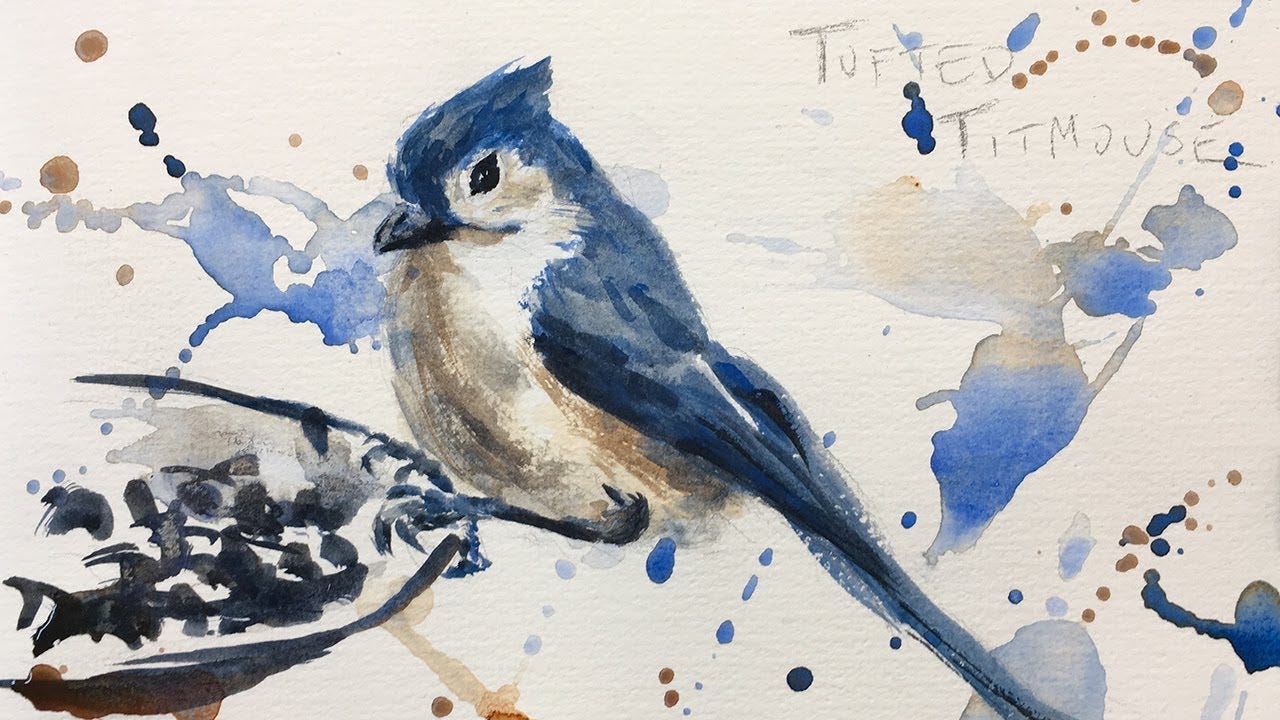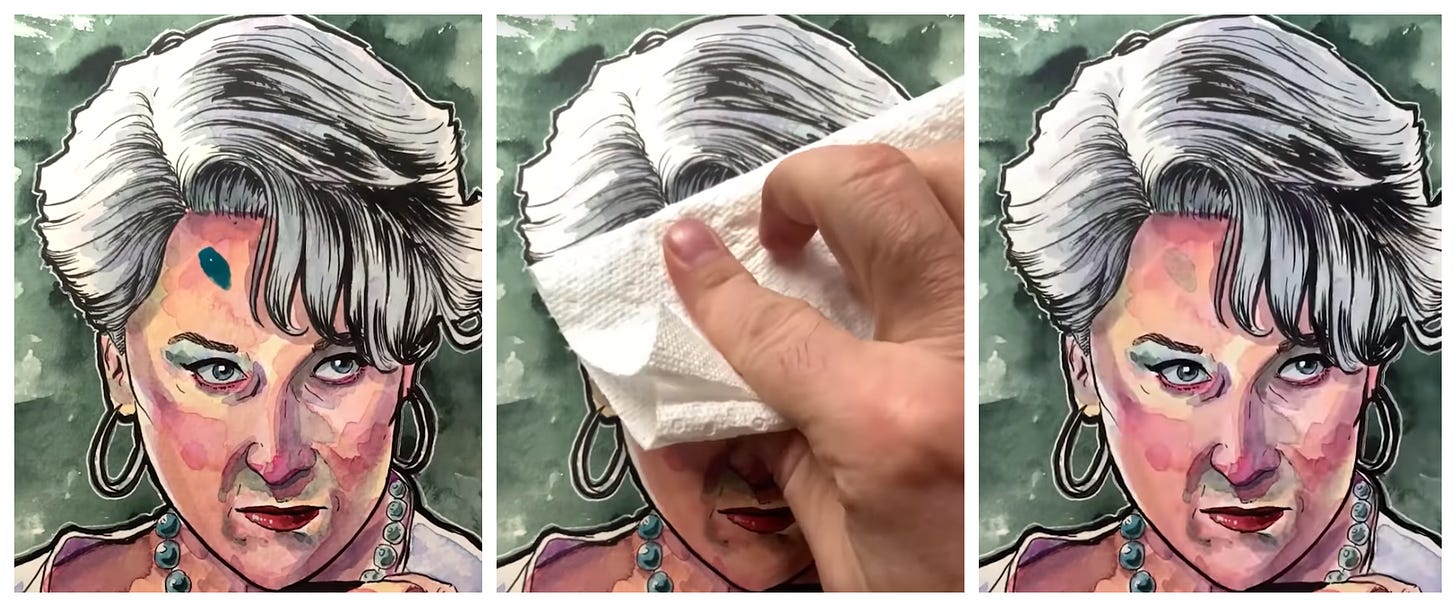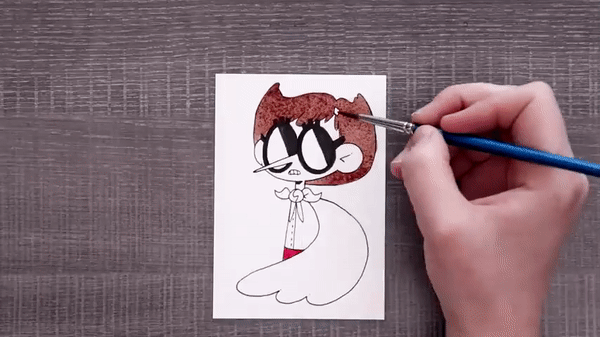Four Startup Lessons Through Watercolor
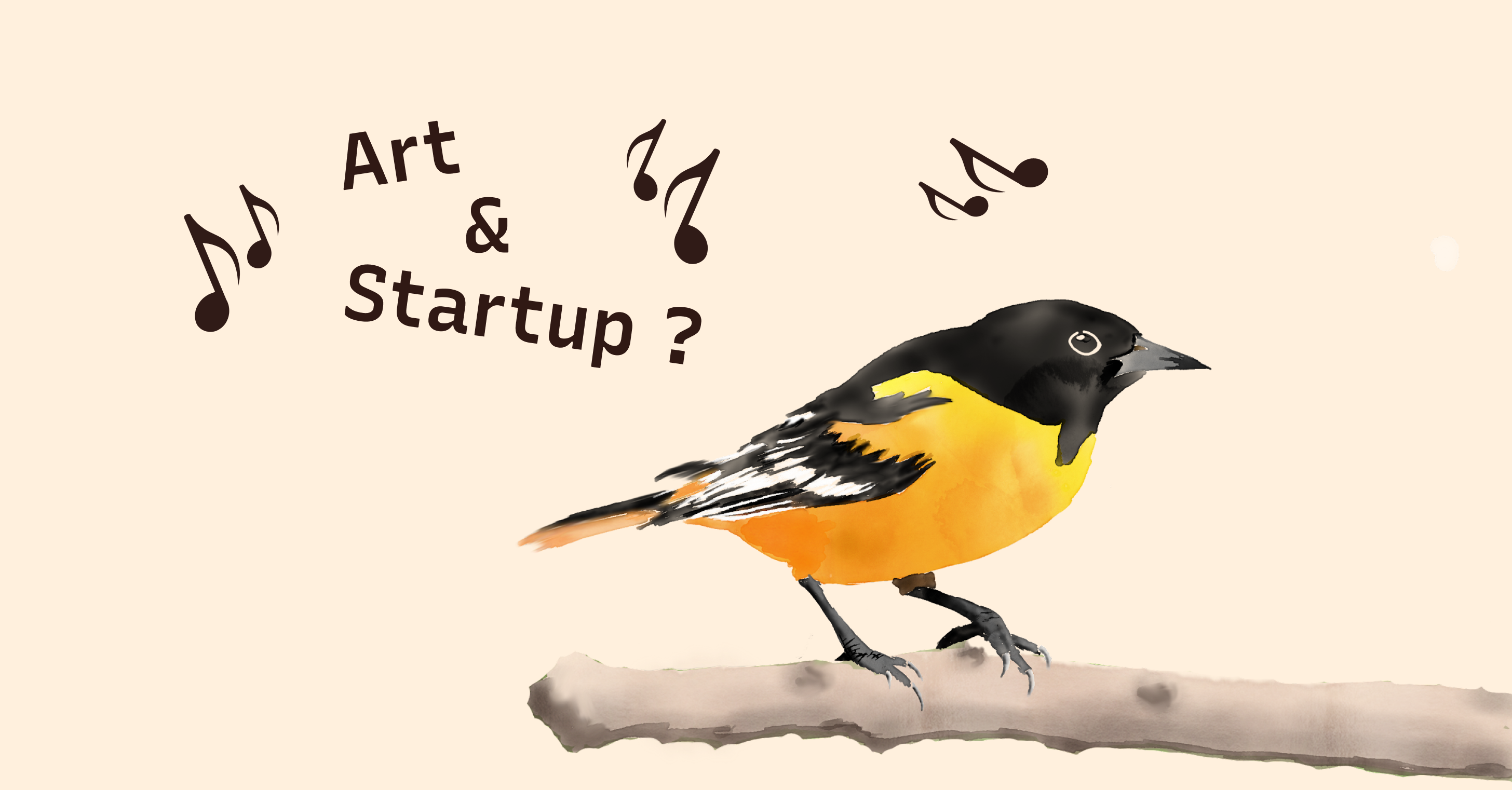
All you need to paint is a few tools, a little instruction, and a vision in your mind.
– Bob Ross
Learning about Building a Startup through Art
Entrepreneurship is not for the faint of heart — it can be stressful! As startup founders, it is essential to have an outlet to lay back, relax, and destress. That outlet for me has been a mix of bird-watching and instrument-playing; I added watercolor to the list during the past long weekend.
Watercolor is not only a wonderful way to relax but also a great teacher of startup lessons! I learned four crucial startup lessons through watercolor.
Lesson 1: Plan ahead
For other painting mediums like acrylic and oil, there is this traditional wisdom that cautions against using pure white and pure black paint for objects. Because there is no darker shade than black and no lighter shade than white, you won't be able to paint a lighter highlight or darker shadow for that object.
Similarly, in watercolor, because the paint is translucent, the lightest color will always be the paper's own white color. A key lesson in watercolor is to plan ahead your highlight area and leave it unpainted and dry so it is the lightest paper color (credit to Hua, who is a great painter). Unlike acrylic, where you can layer white paint on top of earlier strokes, watercolor is less forgiving — you can't undo what you have put on the paper, nor can you layer paint. It requires more planning; a pencil sketch is almost required for newbies like myself and is preferred for seasoned artists.
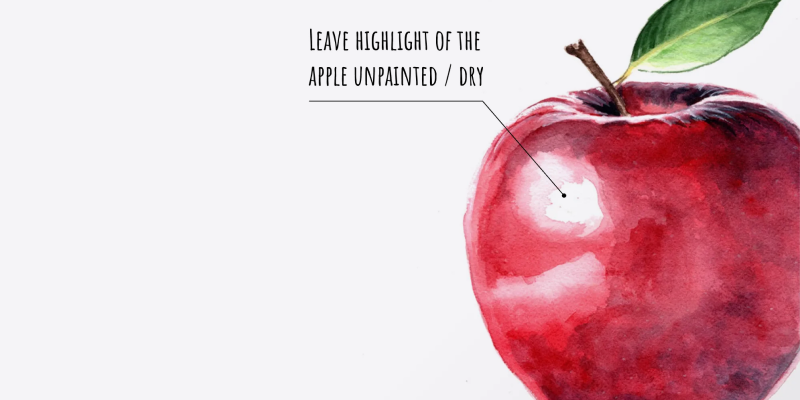
Similarly, a startup needs to plan ahead. Have a blueprint of your product, and test it with a simpler prototype like a pencil sketch to watercolor, before you put in the extensive effort to build it. Have a roadmap, and plan your launch ahead of time.
Lesson 2: Be ok with not having full control
Even with extensive planning, watercolor remains the most unpredictable medium. The watery paint flows to wherever it wants to. No matter how skilled, no one has full control of how a watercolor piece will go. You can't create the same watercolor piece twice.
Similarly, the startup journey is unpredictable. Even with all the planning, we don't know if things will go according to plan. The macroeconomics keeps changing; other startups compete in the same arena; unstable funding from investors — they are all factors that we can't control. We need to be ok with not having full control and go with the flow sometimes, just like watercolor. Deal with the problem when it happens, and keep moving forward.
Lesson 3: Face your mistake head-on
When you make a mistake in watercolor, like accidentally dropping some paint in the wrong area, there is no hiding it behind layers of paint. You can't paint over your mistake and pretend it never existed. Instead, you need to face your mistake head-on: the best you can do is to use a paper towel to absorb away the wrong paint; if needed, add water to dilute it and then dab it out again. Either way, you have to look at the mistake and address it head-on.
When we make a mistake in our startup journey, the best course of action is to admit it and then address it. We can't pretend it didn't exist and move on. We shouldn't try to hide it, either. If it is a mistake towards a person, like your cofounder or your customer, facing the mistake head-on is the way to respect them and amend the relationship. If it is a mistake on the company, acknowledge the mistake and steer the company in the right direction, don't cling to the sunk cost, and try to “ride it out” — it might be to a slow death.
Lesson 4: Be patient and play the long game
In watercolor, paint over or near wet paint will blend the colors, and paint over or near dry paint will create a totally different effect. Waiting for the old paint to dry is sometimes a must-do, depending on what you are trying to achieve. You have to be patient; otherwise, you will ruin the piece.
Startups almost never become an overnight success. Investments in projects need time to see the outcome. Plant the seeds and play the long game. The macroeconomics is not great right now, but it doesn't mean we shouldn't continue our startup journey. Funding is more scarce, and customers are harder to onboard, but we will continue, and we will play the long game. The 2000 dot com bubble and 2008 economic crisis marked the start of many great companies that we know well today. They were patient, and they survived through the harsh times and thrived.
Hear from You
What is your unexpected startup lesson learned elsewhere?

